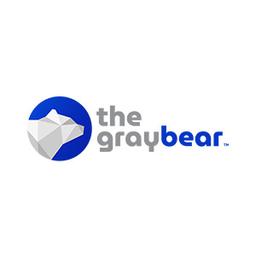Top User Experience (UX) Companies in Austin
2 Companies
The Gray Bear is a premier IT consulting and services company offering best-in-class design and development solutions for websites, mobile applications, software, game, and numerous other trending technologies. Since 2015, we have been helping businesses and individuals navigate their way through technology and seamlessly transform digitally. Our team has delivered over 80 digital solutions so far to our clients based in more than 20 locations. We at The Gray Bear use time-tested methodologies and high-end project management approaches to ensure optimal results for each requirement. This factor enables us to create digital products that give your brand a competitive edge and increase the proximity between your business and your target customers. The Gray Bear's team of 85+ technology expRead More
<$25/hr
100 to 249
2015
United States (USA)
Designers Stack is a leading design agency that combines creativity, innovation, and expertise to deliver exceptional design solutions across various industries. With a team of highly skilled designers, strategists, and developers, we offer a comprehensive range of services tailored to meet the unique needs of our clients. From brand identity development and graphic design to user experience (UX) and user interface (UI) design, we blend artistic vision with technical proficiency to create captivating and impactful designs. Our collaborative approach ensures seamless communication and strong partnerships with clients, resulting in outstanding outcomes. With an unwavering commitment to quality and attention to detail, Designers Stack is dedicated to transforming ideas into visually stunning Read More
N/A
10 to 49
2015
United States (USA)

